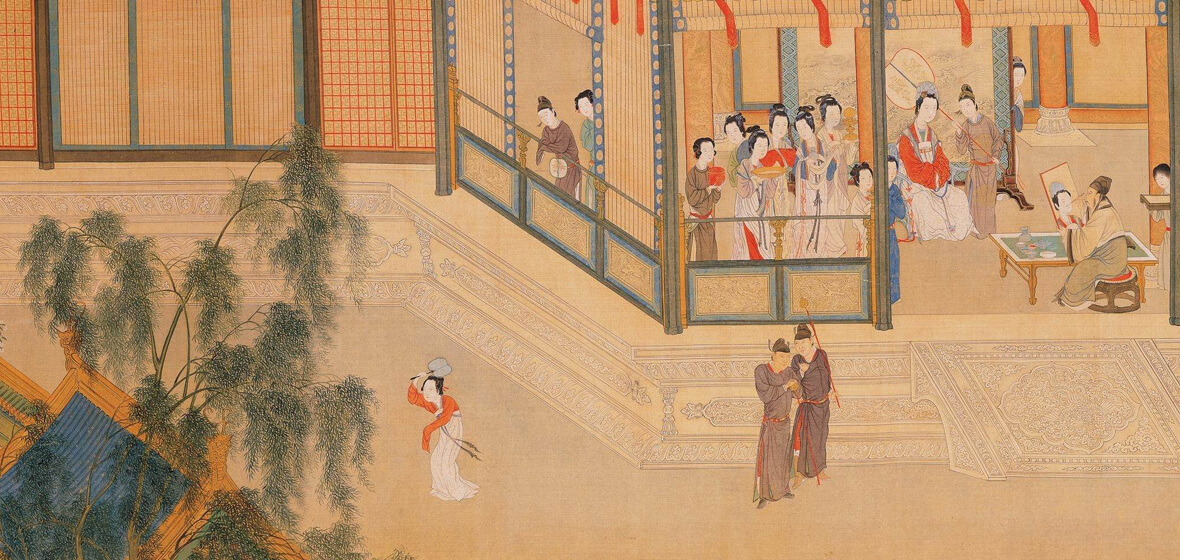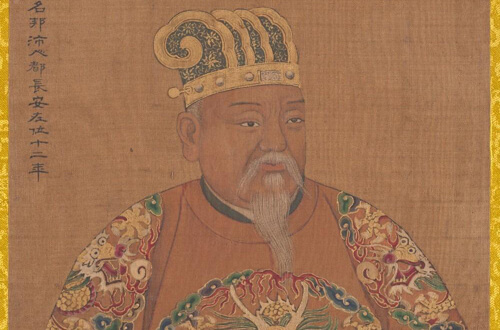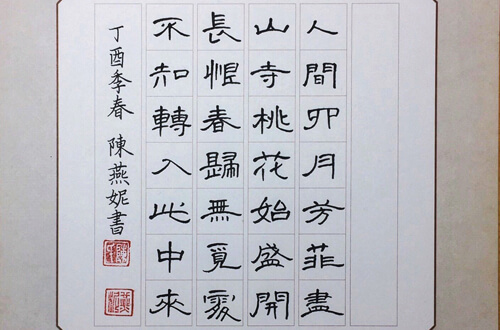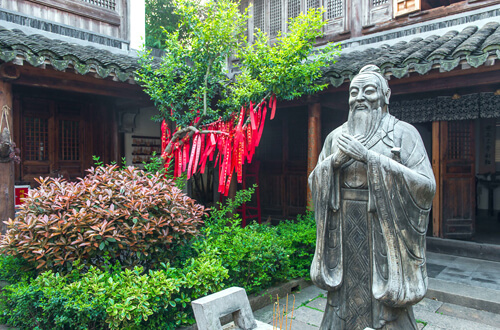The Greatest Dynasties in China: Han Dynasty

The Han dynasty (206 BCE – 220 CE) was a crucial phase in China’s history. It marked the early stage of Chinese civilization, where diverse cultural communities were transformed into organized states. This led to the emergence of a single, unified state and paved the way for interactions with other civilizations. In Chinese, the Chinese language was called “hanzi”, and the largest ethnic group in China is the Han Chinese. The “han” here refers to the Han Dynasty. It was during the Han dynasty that the Silk Road was first established, providing a portal for the east to come into contact with the west. Under Han rule, intellectual thought boomed, and arts, literature, and science were brought to new heights. On a social level, the Han established Confucianism as the official state ideology. The influence of this school of thought has trickled on for centuries, becoming the social and moral basis of Chinese society.
Facts about the Han Dynasty:
The dynasty is usually broken down into three stages:
- Western Han (also called Former Han): 202 BCE – 9 CE (capital at Chang’an, modern day Xi’an).
- Wang Mang: 9 CE – 23 CE (also called Xin dynasty or Wang interregnum).
- Eastern Han (also called Later Han): 25CE – 220 CE (capital at Luoyang).
The separation was caused by the rise of the regent Wang Mang (l. 45 BCE – 23 CE) who declared the Han Dynasty finished and established the Xin Dynasty (9 – 23 CE). Wang’s idealistic form of government failed and, after a brief period of turmoil, the Han Dynasty resumed.
| Western Han | Eastern Han | |
|---|---|---|
| Capital | Chang’an (modern day Xi’an) | Luoyang |
| Population | about 60,000,000 | about 65,000,000 |
| Area | about 6,090,000 square kilometers (2,351,362 square miles) | About 5,800,000 square kilometers (2,239,392 square miles) |
Famous Emperors
Gaozu

Personal name Liu Bang (r. 202 – 195 BCE), the first emperor of Han Dynasty, he was born into a peasant family. He had served the Qin as a minor local functionary, in charge of a postal relay station. By his forties, Liu had become a popular local political figure, noted for his magnanimous nature. Liu was charged with escorting a group of prisoners to the mausoleum, where they would toil at its construction. By this time, the misrule of Qin’s feckless son had resulted in widespread peasant revolts, and it seems Liu decided to take up the common cause with his own prisoners, becoming an outlaw and rebel himself. In 206 BCE he took the title King of Han and in 202 BCE defeated his main rival, the brilliant aristocratic general Xiang Yu. Liu Bang is often regarded as a kind ruler who implemented Confucian ideals in his administration. Under his reign, he abolished the harsh laws of the Qin dynasty, lowered taxes, promoted education, and instituted a system of government that allowed for greater participation and representation of the people. He also encouraged and supported the arts, literature, and philosophy, leading to a flourishing of culture in the Han dynasty.
Wudi

Personal name Liu Che (r. 141-87 BCE), emperor for over fifty years. After coming to the throne as a vigorous young man of fifteen, Wudi set about curbing the power of princes and other lords; he confiscated the domains of over half of them on whatever pretext he could find. Moreover he decreed that domains would have to be divided among all the lord's heirs, thus guaranteeing that they would diminish in size with each passing generation. He curbed the power of great merchants as well, in the process gaining new sources of revenue through his state monopolies and commercial taxes. Wudi also implemented policies that promoted Confucianism and education, leading to the creation of the Imperial Academy, which trained officials in Confucian philosophy and literature. He also sponsored the construction of the Grand Canal, which facilitated transportation and economic growth, and expanded the territory of the empire through successful military campaigns. In addition to his domestic achievements, Wudi also played an important role in shaping China's foreign relations by extending diplomatic and commercial ties with other regions, particularly Central Asia.
Guangwudi
Personal name Liu Xiu (r. 25 – 57 CE). In 22 CE, when the radical reform measures of Wang Mang made his Xin dynasty unpopular, Liu raised an army with support from his powerful clan and other wealthy landowner families. After Wang Mang was killed in 23 CE, Liu defeated some of the other rebelling forces and set up his own power. Two years later he moved the capital, Chang’an (present-day Xi’an), to Luoyang, in eastern China – hence the name Eastern Han – and proclaimed himself emperor. He implemented policies that promoted social stability, including land reforms that redistributed land to the peasants, and lowered taxes. He also established a system of government that emphasized Confucianism and encouraged civil service exams to select officials based on merit and education.
During his reign, Guangwudi is also credited with expanding the empire's territory, restoring the authority of the central government, and promoting cultural and artistic achievements. He was known for his benevolent rule and is often cited as a model of virtuous leadership.
Dynasty Achievements
The achievements of the Han dynasty, often regarded by scholars and the ancient Chinese themselves as the golden era of Chinese culture, would have lasting effects on all who followed, particularly in the areas of economy, science, culture, and philosophy.
Economy
- The famous Silk Road was established. It allowed trade with the west, flourishing of commerce, importation of foreign goods, and introduction of exports.
- To pay for his military campaigns, Wudi took over the minting of coins, confiscated the lands of nobles, sold offices and titles, and increased taxes on private businesses. A widespread suspicion of commerce – from both moral and political perspectives – made it easy to levy especially heavy assessments on merchants. Boats, carts, shops, and other facilities were made subject to property taxes.
- In 119 BCE government monopolies were established in the production of iron, salt, and liquor, enterprises that had previously been sources of great profit for private entrepreneurs. Large-scale grain dealing had also been a profitable business, which the government now took over in the name of a system of equable marketing. Grain was to be bought in areas where it was plentiful and cheap and either stored in granaries or transported to areas of scarcity. This procedure was supposed to eliminate speculation in grain, provide more consistent prices, and bring profit to the government.
Science and Technology:
- The Han period witnessed a number of important technical inventions and improvements which helped make agriculture much more efficient than in previous times. Improved methods included planting two crops in alternate rows and planting a succession of carefully timed crops. Han ploughs were notable for advanced features such as struts that could be adjusted to control the depth of furrows and curved metal moldboard that reduced friction. The use of oxen to draw ploughs became common, allowing farmers to cultivate larger fields. Better irrigation was achieved, not only through large state-sponsored canal projects, but also through the spread of improved techniques like brick faced wells to ordinary farmers. The donkey, an animal of western origin introduced into north China by the Xiongnu, came to be widely used as a pack animal.
- The Wheel barrow was invented in the Han Dynasty.
- The astronomer, mathematician and seismologist, Zhang Heng (78 – 139 CE) described the earliest seismoscope known in about 132 CE. Arriving shock waves displace a pendulum linked to a mechanism which opens the jaws of the dragon facing the direction of the earthquake. A ball falls from the dragon's teeth into the mouth of a toad below to record the event.
- The world’s first water-powered armillary sphere to assist astronomical observation was invented by Zhang Heng.
- The standard paper-making process was invented by Cai Lun.
- The Yellow Emperor's Classic of Internal Medicine, the earliest and most important written work of Traditional Chinese Medicine, is thought to have been compiled during the Han Dynasty.
- Shang Han Lun, one of the four major classic texts of Chinese Medicine, was written by Zhang Zhongjing, a famous physician who lived during the Eastern Han dynasty (25 – 220 CE). Zhang Zhongjing is considered one of the greatest figures in the history of traditional Chinese medicine, and his book, Shang Han Lun, is an important work in the field. It is a classic text that documents the diagnosis and treatment of infectious diseases and has been the basis of many subsequent medical texts in China and East Asia.
Culture & Literature
- The most famous Han work is undoubtedly the Shiji (Historical Records or Records of the Grand Historian) by Sima Qian (135 – 86 BCE) who is often cited as China's first historian.
- The historian and writer Ban Gu (32 – 92 CE), wrote a famous history book called Hanshu (History of the Western Han Dynasty). He also created a new genre, rhapsody or fu, most famously seen in his Rhapsody on the Two Capitals. Involving dynamic dialogues between two characters, his works are valuable records of local customs and events.
Art
- The Han Dynasty saw the emergence of a new genre of painting that included landscape and figure painting. The latter was the first Chinese attempts at realistic portraiture of ordinary people. This was largely showcased in murals that adorned the walls of tombs. Capturing natural landscapes became another preoccupation of Han artists.
- The Han Dynasty saw the emergence of new musical genres, including court music, chamber music, and folk music.
- Calligraphy: The Han Dynasty saw the development of a new style of calligraphy, the Clerical Script. In the Han dynasty, flexible hair brushes came into regular use, as their supple tips produced effects that were not attainable in incised characters in Seal Script.
 the Clerical Script
the Clerical Script
Philosophy & Education

- Confucianism was officially adopted as the state ideology of the Han dynasty.
- Buddhism began to find its way into China, principally along the Silk Routes and by sea, during the Eastern Han, although it did not yet produce a large following.
- An Imperial Academy was established in 124 BCE for scholars to study in depth the Confucian Classics. By the end of the Han period, the Academy was training an impressive 30,000 students each year.
- Universal conscription was abolished and the professional army was established.

OR
Are you eager to begin your Chinese cultural journey?
Drop us a line and we will promptly connect you with our leading China expert!